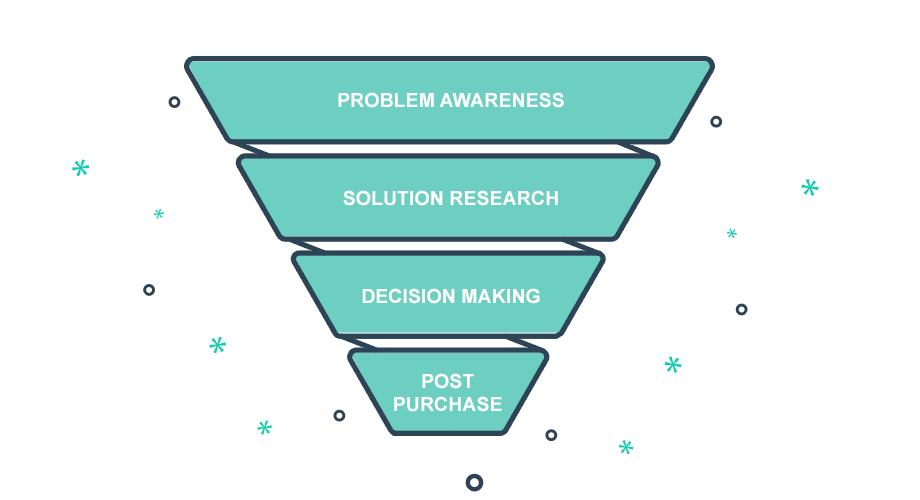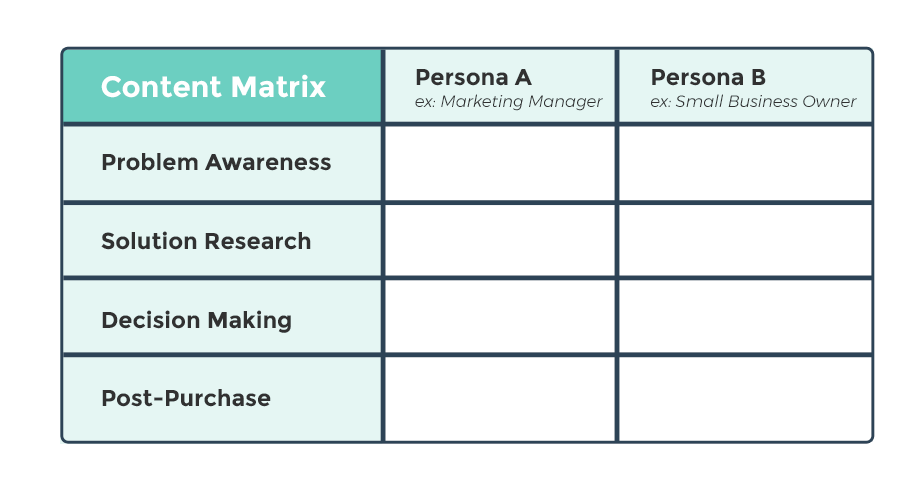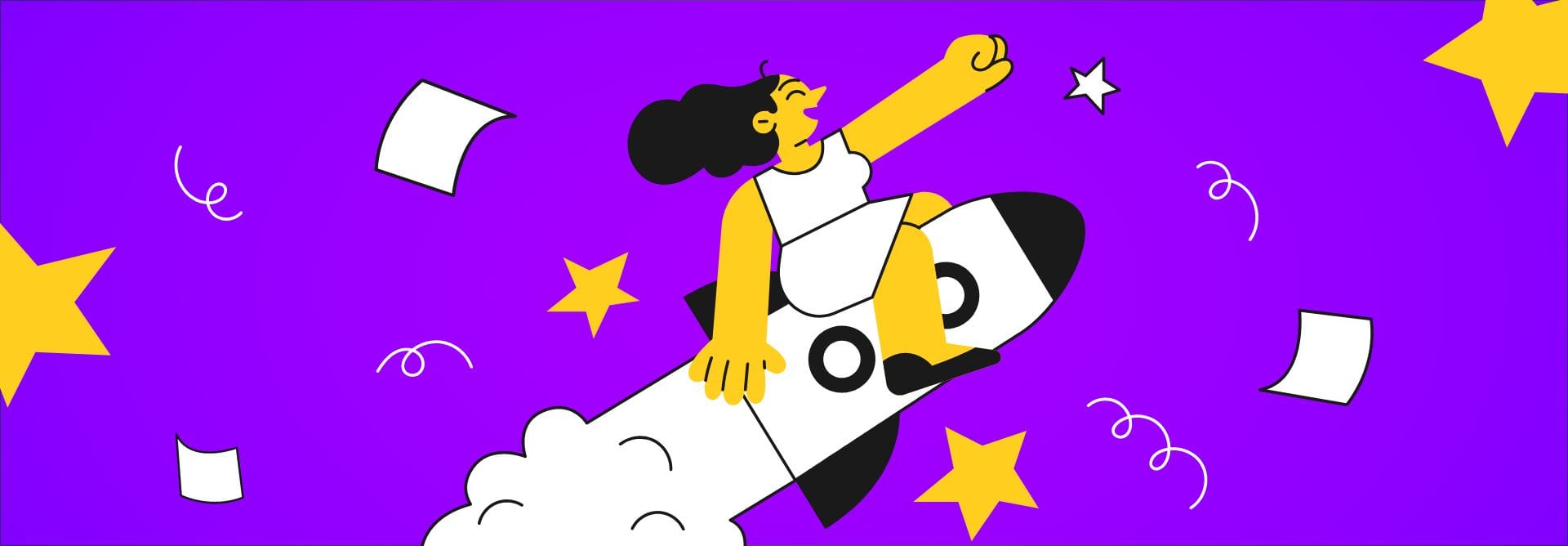Do you ever find yourself struggling to come up with content ideas? You know you need to send out an email newsletter, write a blog post, or add something to your social media platforms but you can’t think of what to write.
Creating a content strategy for your organization is actually easier than it seems. And with the right strategy in place, you’ll be able to more effectively use your digital marketing channels to grow your sales.
Here are the 3 steps to create your content strategy.
Step 1 – Define Your Customer Persona

The most important step in a content strategy, and also the one that is most often overlooked, is defining your customer personas. Ask the important question, “Who am I creating this content for?”
My favorite place to start looking is at your existing customer base. Identifying your best customers in terms of revenue and working relationship can help define the customer personas for your business.
Aim to create 2-3 identifiable personas.
- Name
- Age
- Gender
- Location
- Job Role
- Industry
- Company Size
- Products/Services Seeking
- Why They Buy
Step 2 – Define Your Buyer’s Journey

Step two is to write down the buying stages that your customers go through when purchasing your products or services. This is commonly called “The Buyer’s Journey” for your product or service.
For many companies, the path is something like the following:

Problem Awareness
The first stage is typically awareness. This is the “top” of the funnel, where your prospective customer becomes aware that they have a problem they need help with.
Depending on your product or service, your customer might realize they have a problem before even seeing any of your marketing. In other cases, it may be your marketing that convinces them they have a problem that needs solving.

Solution Research
Next is solution research. This is where your customer begins to look for solutions to their problem.
They will be asking questions such as, How do I fix X? How to improve Y? Prospects in this stage of the journey are trying to educate themselves on what type of product or service will best fit their needs.

Decision Making
By the time a prospect has reached the decision-making stage, they have likely already found a few companies they might purchase from. At this point, they are trying to determine why choose company A over company B?
This is the phase where you turn to more sales-focused content, and build a narrative on why you are the best provider for your product or service. Why your pricing model, service model, or expertise in the industry is the best.

Post-Purchase
You got the sale! But the marketing doesn’t end there. The “post-purchase” part of the buyer’s journey is still very important.
You’ll want to create content that empowers your customers to best take advantage of your product or service. Happy customers are more likely to refer their friends and purchase from you again.
Step 3 – Create a “Content Matrix”
With your personas and buyer’s journey defined, you are now ready to put together your content matrix.
Utilizing the matrix provides a simple and straightforward way to generate ideas for marketing content. This method enables you to more accurately align the content you are producing with a strategy that will effectively market to your audience.
To create your matrix, build a table with your personas across the horizontal axis, and your buyer’s journey stages going down the vertical axis.

With your matrix structure in place, you can now go through and begin to come up with content ideas for your strategy.
Ask questions like, “What blog post would resonate with Persona A in the Problem Awareness stage?”, or “What content on a web page would be helpful for Persona B in the Decision-Making stage?”
I’d recommend using a content matrix across all of your channels and campaigns. This includes blogs, emails, social media, web pages, and more. The better you can target your content to the right audience, at the right time, the more effective your marketing will be.






